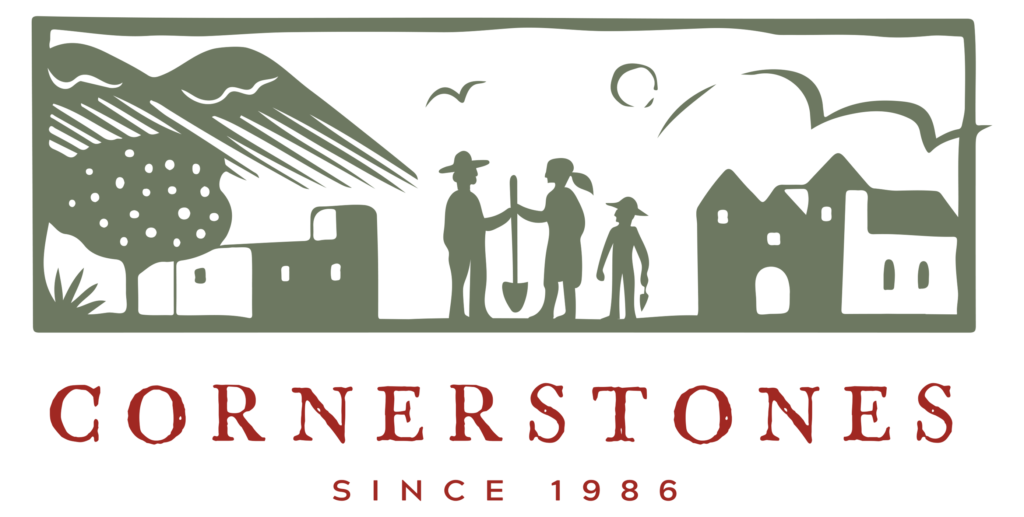CREATE A CHARACTER FROM NEW MEXICO HISTORY
Duration: 1 - 2 weeks
ESSENTIAL QUESTION(s):
-How have individuals, various cultures, national interests, scientific development, artistic exploration, and imaginations inspired by the land and sky of New Mexico created this very unique life in New Mexico?
-How do people with differing histories come together to create a culture?
-How has an individual or a small group completely changed the course of New Mexico history and its posterity? “Never underestimate the power of a small group of committed people to change the world. In fact, it is the only thing that ever has.” ~ Margaret Mead
NMPED - 7th Grade Social Studies Standards - for use in this lesson
Theme 3: The Emergence of Pueblos and Tribes (c. 1200 BCE–c. 1500 CE)
● 7.36. Describe the relationship between cultural heritage(s) and personal identity or identities
Theme 4: The Spaniards Enter the Americas (c. 1490s CE–c. 1590s CE)
● 7.42. Explore the interactions between the Spaniards and Indigenous peoples.
● 7.44. Analyze the patterns of colonization, exploration, destruction, and creation that came with the occupation of the Americas by Spaniards.
Theme 5: The Spanish Colonial Period (c. 1500s CE–1821 CE)
● 7.51. Explain how differing places, people, and resources affected events in New Mexico during the Spanish Colonial period.
Theme 6: The Mexican Period (1821 CE–1850 CE)
● 7.62. Explain the impact Mexican Independence had on New Mexico.
Theme 7: American Western Expansion (1848 CE–1869 CE)
● 7.68. Distinguish land use patterns of Anglo-Americans during the American westward expansion period.
● 7.70. Categorize causes and consequences of the U.S. military invasion of Mexico and New Mexico.
● 7.71. Explore the impact of land ownership throughout New Mexico History.
NMPED - 9th Grade Social Studies Standards - for use in this lesson
● 9-12.NMH.11. Use disciplinary and interdisciplinary lenses to understand the characteristics and causes of local, regional, and global problems; instances of such problems in multiple contexts; and challenges and opportunities faced by those trying to address these problems over time and place.
● 9-12.NMH.20. Explain how the Homestead Act of 1862 impacted the demographics of New Mexico.
● 9-12.NMH.23. Contextualize the struggles toward statehood by including the Hispanic and Indigenous populations’ resistance to newcomers.
Have the students develop a timeline as a class that moves from Clovis Man up to 1912 for 7th grade or from 1912 up to present day for 9th grade. You can also have them pick a specific era that you are really interested in or that you have recently covered, or that you are planning to cover in parallel with this project.
Once you have all created one timeline, come up with the characteristics needed to survive in any of the periods on your timeline. This also serves as a great review.
Through Socratic Seminar techniques, or other strategies, the discussion should lead to the fact that what we need at any given time, and in any given place is water, food, and shelter. As you continue the discussion, you can lead the kids through how people obtained these things during any of the given periods you’ve chosen to focus on.
Once you have created a pretty clear list of the culture of the time and place, shift the focus to who they would have been if they had been living at that time and place.
This is where you can give the individual assignment of writing an autobiography of the person they will be bringing to life through their writing and building of their home.
You can choose a rubric that fits your students ability and that is appropriate for their level. What I do recommend is that they describe at least 5 historical events and/or places in their autobiography for the 7th graders and at least 10 of them for the 9th graders.
It is also very fun to have them draw a self -portrait of their “person”. Students will draw, create collages, use digital art, and even A.I. to create their self-portraits.
Choose from these NM Historical eras:
Pueblo Period
Spanish Colonial Period
American Territorial Period
20th century
21st century
*Notes:
When they are developing and writing about their character, you can also have them work together to form a clan, family, “gang”, troop, etc. This will come in handy when they begin to plan out the homes and pueblo as a whole.
The students tend to enjoy presenting their characters to the class whether as short presentations or in a gallery walk format. Depending on the class, it has also been fun to create little skits as the characters and/or interviews, etc. There are so many possibilities both for creativity and content.

